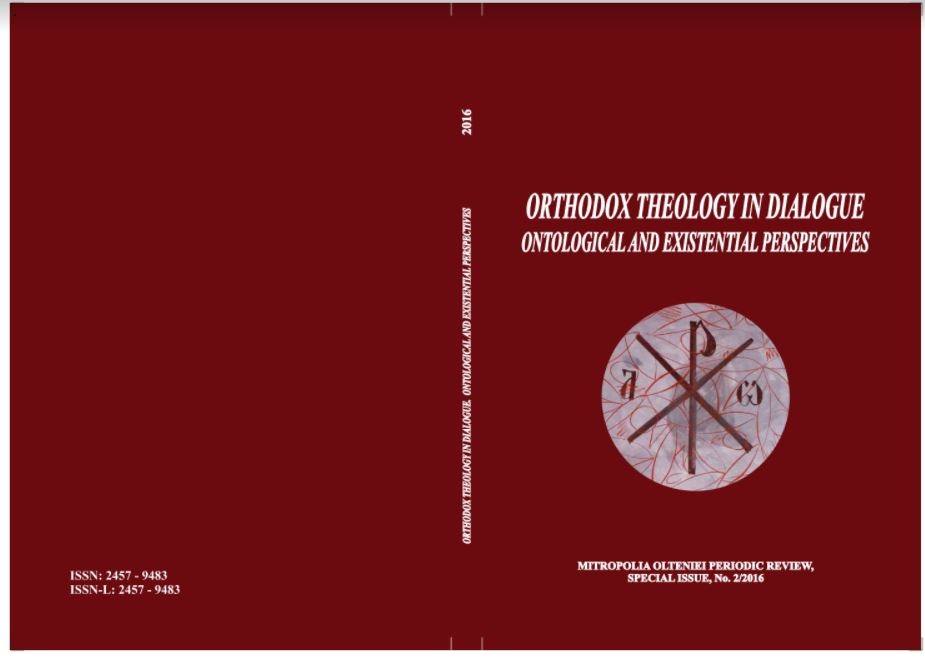SYRIAC ONTOLOGY BETWEEN SCIENCE AND
THEOLOGY. THE DIVINE BEING (ĪTYĀ) IN EPHRAEM’S REFUTATION OF THE PHILOSOPHER BARDAIṢĀN OF EDESSA
SYRIAC ONTOLOGY BETWEEN SCIENCE AND
THEOLOGY. THE DIVINE BEING (ĪTYĀ) IN EPHRAEM’S REFUTATION OF THE PHILOSOPHER BARDAIṢĀN OF EDESSA
Author(s): Cătălin Ştefan PopaSubject(s): Christian Theology and Religion, Theology and Religion, History of Religion
Published by: MITROPOLIA OLTENIEI
Keywords: Syriac Theology; Ontology; Theology; Science; Saint Ephrem; Bardaisan; Edessa;
Summary/Abstract: This syncretism of ,,Babylonian Hellenism“ (H. H. Schaeder), from the Syrian-Persian cultural area, implies ,,forms of Christian faith which were not yet exclusive and antithetical, but receptive and assimilative“. In this way Drijvers asserts further that ,,it is quite possible that, in Edessa, forms or groups which have a more pronounced „Christian‟ attitude have been developed [...] but a symbiosis of all these groups is allowed to be presupposed, without claims to the exclusive possession of the truth“.The religious syncretism of Edessa make quite difficult the line between orthodoxy and heterodoxy. Particulary, I totally agree with Drijvers‟s assertion, that can be given here as conclusion: ,,Extremes cause extremes; this happens in religiosis and in science. Heresy and orthodoxy have become extremes in Edessa […]. The anthithesis between orthodoxy and heresy took different forms in the schism of the 5th century. We find the synthesis not at the end, but at the beginning, in the second century, when playing with the religious forces in a city situated at the border of East and West was still possible“.
Journal: ORTHODOX THEOLOGY IN DIALOGUE
- Issue Year: 2/2016
- Issue No: 2
- Page Range: 186-194
- Page Count: 9
- Language: English

